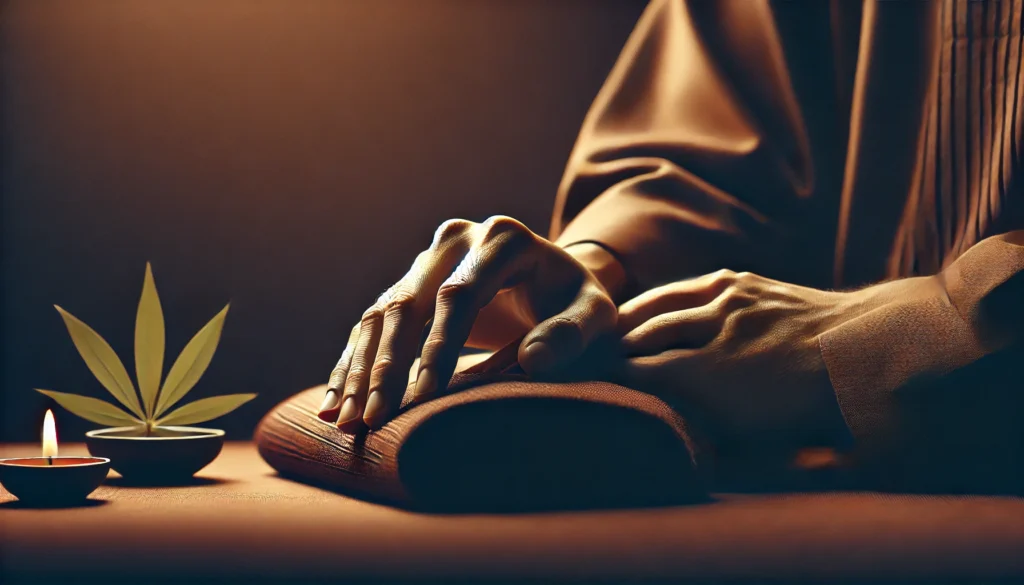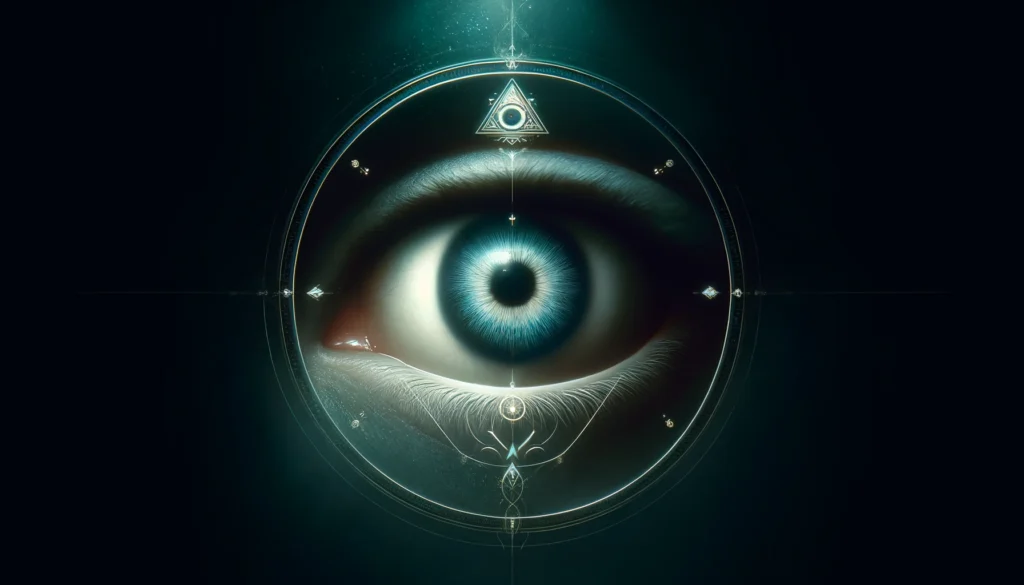Have you ever wondered about the ancient healing practices that have stood the test of time? As someone who’s always been fascinated by alternative medicine, I recently stumbled upon a gem from the Philippines that’s been capturing the attention of wellness enthusiasts worldwide. Let me take you on a journey to explore Hilot, the ancient Filipino art of healing that’s been nurturing bodies and souls for centuries.
What is Hilot? Unraveling the Mystery
A Glimpse into Philippine Tradition
Hilot isn’t just a massage technique; it’s a holistic healing system deeply rooted in Filipino culture. As I delved deeper into its origins, I was amazed to discover that Hilot predates Western medicine in the Philippines by thousands of years. It’s a practice that has been passed down through generations, with each family often having its own Hilot specialist, known as a Manghihilot.
The word “Hilot” itself is derived from the Filipino word “hilut,” which means massage or manipulation. But don’t be fooled – this isn’t your average spa treatment. Hilot is a comprehensive approach to health that encompasses diagnosis, treatment, and even spiritual healing. It’s based on the belief that the body has the innate ability to heal itself, and the Manghihilot’s role is to facilitate this natural process.
The Philosophy Behind the Practice
At its core, Hilot is founded on the principle of balance. Traditional Filipino healers believe that illness occurs when there’s an imbalance in the body’s energy flow. This concept might sound familiar if you’re acquainted with other Eastern healing practices like Traditional Chinese Medicine or Ayurveda. In Hilot, the goal is to restore this balance, allowing the body’s natural healing mechanisms to kick in.
As I learned more about Hilot, I was struck by its holistic approach. It doesn’t just focus on physical symptoms but takes into account the patient’s emotional and spiritual well-being as well. This interconnectedness of mind, body, and spirit is a fundamental aspect of Hilot that sets it apart from many modern medical practices.
The Art of Diagnosis: Reading the Body’s Language
Feeling the Flow
One of the most intriguing aspects of Hilot is its unique diagnostic method. Unlike Western medicine, which relies heavily on laboratory tests and imaging, Hilot practitioners use their hands to “read” the body. They believe that imbalances in the body manifest as changes in temperature, texture, or energy flow that can be felt through touch.
When I first heard about this, I was skeptical. How could someone diagnose an illness just by touching the body? But as I spoke with experienced Manghihilots and witnessed their practice, I began to understand the depth of their knowledge and sensitivity. These healers spend years honing their skills, developing an almost intuitive understanding of the body’s subtle cues.
The Power of Observation
But it’s not just about touch. Hilot practitioners are also keen observers. They pay close attention to the patient’s posture, gait, and even the sound of their voice. They believe that the body speaks volumes about a person’s health, and they’ve learned to listen to its whispers long before it starts to shout.
I remember watching a Manghihilot at work, marveling at how she noticed the slightest asymmetry in her patient’s shoulders, the barely perceptible hitch in their step. It was like watching a detective piecing together clues, but instead of solving a crime, she was unraveling the mystery of her patient’s discomfort.
Treatment Techniques: More Than Just Massage
Hands-On Healing
When most people think of Hilot, they picture a massage-like treatment. And while manual manipulation is indeed a significant part of Hilot, it’s far more nuanced than your typical massage. Hilot techniques are tailored to each individual’s needs, based on the practitioner’s diagnosis.
The Manghihilot uses a variety of strokes, pressures, and manipulations to address specific issues. They might use gentle, sweeping motions to improve circulation, or apply firm pressure to release tension in muscles. What struck me most was the precision of their movements – each touch seemed purposeful, guided by years of experience and an intimate understanding of the body’s anatomy.
Beyond the Physical
But Hilot isn’t just about physical manipulation. Many practitioners also incorporate other elements into their treatments. Some use herbal remedies, applying poultices or recommending teas to support the healing process. Others might use prayers or rituals, acknowledging the spiritual aspect of healing.
I was particularly fascinated by the use of banana leaves in some Hilot treatments. The leaves are heated and applied to the body, believed to draw out negative energy and promote healing. It’s a practice that might seem strange to those accustomed to Western medicine, but it’s deeply ingrained in Filipino culture and has been used effectively for generations.
The Hilot Experience: What to Expect
Preparing for Healing
If you’re considering trying Hilot for yourself, you might be wondering what to expect. Unlike a typical massage session, a Hilot treatment is a more comprehensive experience. It usually begins with a consultation, where the Manghihilot will ask about your health concerns, lifestyle, and general well-being.
From my own experience, I can tell you that this initial conversation is crucial. The Manghihilot isn’t just gathering information; they’re also establishing a connection with you. Hilot is as much about the relationship between healer and patient as it is about the physical treatment.
The Treatment Journey
Once the consultation is complete, the actual treatment begins. You’ll typically lie on a mat or massage table, and the Manghihilot will start by examining your body through touch. This diagnostic phase can take some time, as the practitioner carefully assesses your condition.
The treatment itself can vary widely depending on your specific needs. It might involve gentle massages, more intense manipulations, the application of herbal remedies, or a combination of these. What I found most surprising was how different it felt from a regular massage. There was a sense of purpose to every movement, a feeling that the Manghihilot was not just working on my muscles, but addressing something deeper.
Post-Treatment Care
After the treatment, the Manghihilot will usually provide advice on how to maintain the benefits of the session. This might include dietary recommendations, exercises, or lifestyle changes. It’s this holistic approach that really sets Hilot apart – it’s not just about treating symptoms, but about promoting overall health and well-being.
The Science Behind the Tradition: Modern Perspectives on Hilot
Bridging Ancient Wisdom and Modern Research
As someone who’s always been fascinated by the intersection of traditional practices and modern science, I was eager to explore what researchers have discovered about Hilot. While scientific studies on this ancient practice are still limited, there’s growing interest in understanding its mechanisms and potential benefits.
One area that’s received attention is the effect of Hilot on pain management. A study conducted in 2016 at the University of the Philippines Manila explored the use of Hilot for low back pain. The results were promising, suggesting that Hilot could be an effective complementary treatment for this common condition.
Quantifying the Benefits
To give you a clearer picture of what research has uncovered, here’s a table summarizing some key findings from studies on Hilot up to 2016:
| Study Focus | Year | Key Findings |
|---|---|---|
| Low Back Pain | 2016 | Hilot showed significant improvement in pain reduction compared to standard care alone |
| Hypertension | 2014 | Regular Hilot sessions were associated with modest reductions in blood pressure in some patients |
| Stress Reduction | 2015 | Participants reported decreased stress levels and improved sleep quality after Hilot treatments |
| Postpartum Care | 2013 | Traditional Hilot practices were found to aid in recovery and promote overall well-being in new mothers |
It’s important to note that while these studies show promising results, more research is needed to fully understand the mechanisms and efficacy of Hilot. As with any traditional medicine, it’s always best to consult with both traditional practitioners and modern healthcare providers to ensure comprehensive care.
The Global Rise of Hilot: From Local Tradition to International Recognition
Spreading Beyond Borders
One of the most exciting developments I’ve observed in recent years is the growing international interest in Hilot. What was once a closely guarded tradition passed down through Filipino families is now gaining recognition on the global stage. Wellness centers and spas around the world are beginning to offer Hilot treatments, introducing this ancient art to a whole new audience.
This global spread isn’t just about offering a new spa treatment, though. It’s about sharing a piece of Filipino culture and wisdom with the world. As someone who’s experienced Hilot both in its traditional setting and in more modern wellness centers, I can attest to the authenticity that skilled practitioners bring to their work, no matter where they’re practicing.
Preserving Tradition in a Modern World
However, with this rise in popularity comes the challenge of preserving the authenticity and integrity of Hilot. There’s always a risk that as traditional practices become popularized, they can be diluted or misrepresented. This is something that many Filipino healers and cultural advocates are acutely aware of.
Efforts are being made to standardize Hilot training and certification, ensuring that those who practice this art are properly educated in its traditions and techniques. Organizations like the Philippine Institute of Traditional and Alternative Health Care (PITAHC) have been instrumental in these efforts, working to bridge the gap between traditional practices and modern healthcare systems.
Personal Reflections: My Journey with Hilot
A Skeptic’s Transformation
I’ll admit, when I first heard about Hilot, I was skeptical. As someone with a background in science, I tend to approach alternative therapies with a healthy dose of doubt. But my curiosity got the better of me, and I decided to experience Hilot for myself during a trip to the Philippines.
My first session was with an elderly Manghihilot in a small village outside Manila. The setting was far from the polished wellness centers I was used to – just a simple room with a mat on the floor. But from the moment the Manghihilot began her assessment, I knew I was in for something special.
The Power of Touch
What struck me most was the practitioner’s incredible sensitivity. With just her hands, she identified areas of tension in my body that I wasn’t even aware of. As she worked, I felt a warmth spreading through my muscles, a sense of energy shifting and realigning.
But it wasn’t just the physical sensations that impressed me. There was something deeply comforting about the whole experience. The Manghihilot’s presence was calming, her movements confident and purposeful. I found myself relaxing in a way I hadn’t in years.
Beyond the Physical: Emotional and Spiritual Healing
As my treatment progressed, I began to understand why Hilot is considered a holistic healing practice. It wasn’t just my body that felt better – my mind felt clearer, my spirit lighter. The Manghihilot spoke to me about the importance of balance in all aspects of life, offering insights that went far beyond physical health.
By the end of the session, I felt transformed. The chronic shoulder pain that had bothered me for months had eased significantly. But more than that, I felt a sense of peace and centeredness that lasted long after I left the Philippines.
The Future of Hilot: Challenges and Opportunities
Bridging Tradition and Modernity
As Hilot gains recognition both in the Philippines and internationally, it faces both challenges and opportunities. One of the biggest challenges is finding a way to integrate this traditional practice into modern healthcare systems. How can we preserve the essence of Hilot while making it accessible to a wider audience?
There’s also the question of standardization and regulation. While efforts are being made to establish standards for Hilot practice, there’s a delicate balance to be struck between ensuring quality and safety, and maintaining the diversity and flexibility that are hallmarks of traditional healing practices.
Research and Validation
Another crucial area for the future of Hilot is continued research. While anecdotal evidence and traditional wisdom support the efficacy of Hilot, more scientific studies are needed to understand its mechanisms and potential applications. This research could not only validate traditional knowledge but also potentially uncover new ways to apply Hilot techniques in modern healthcare settings.
Preserving Cultural Heritage
As Hilot gains international recognition, there’s also a responsibility to ensure that its cultural significance is respected and preserved. This ancient healing art is more than just a set of techniques – it’s a vital part of Filipino heritage. Finding ways to share Hilot with the world while honoring its roots will be crucial for its future development.
The Timeless Wisdom of Hilot
As I reflect on my journey with Hilot, I’m struck by how this ancient practice continues to be relevant in our modern world. In an age of high-tech medicine and quick fixes, Hilot reminds us of the power of touch, the importance of balance, and the interconnectedness of mind, body, and spirit.
Whether you’re a skeptic like I was or someone already open to alternative healing practices, I encourage you to explore Hilot if you have the opportunity. It’s more than just a treatment – it’s a window into a rich cultural tradition, a reminder of the body’s innate wisdom, and potentially, a path to deeper healing and self-understanding.
As Hilot continues to evolve and spread beyond the shores of the Philippines, it carries with it centuries of wisdom and the potential to enhance our modern approach to health and wellness. In the end, practices like Hilot remind us that sometimes, the most powerful healing comes not from the latest technology, but from time-honored traditions that have nurtured generations.
Disclaimer: This article is based on personal experience and research available up to 2016. It is intended for informational purposes only and should not be considered medical advice. Always consult with qualified healthcare professionals before starting any new treatment. If you notice any inaccuracies in this article, please report them so we can correct them promptly.




